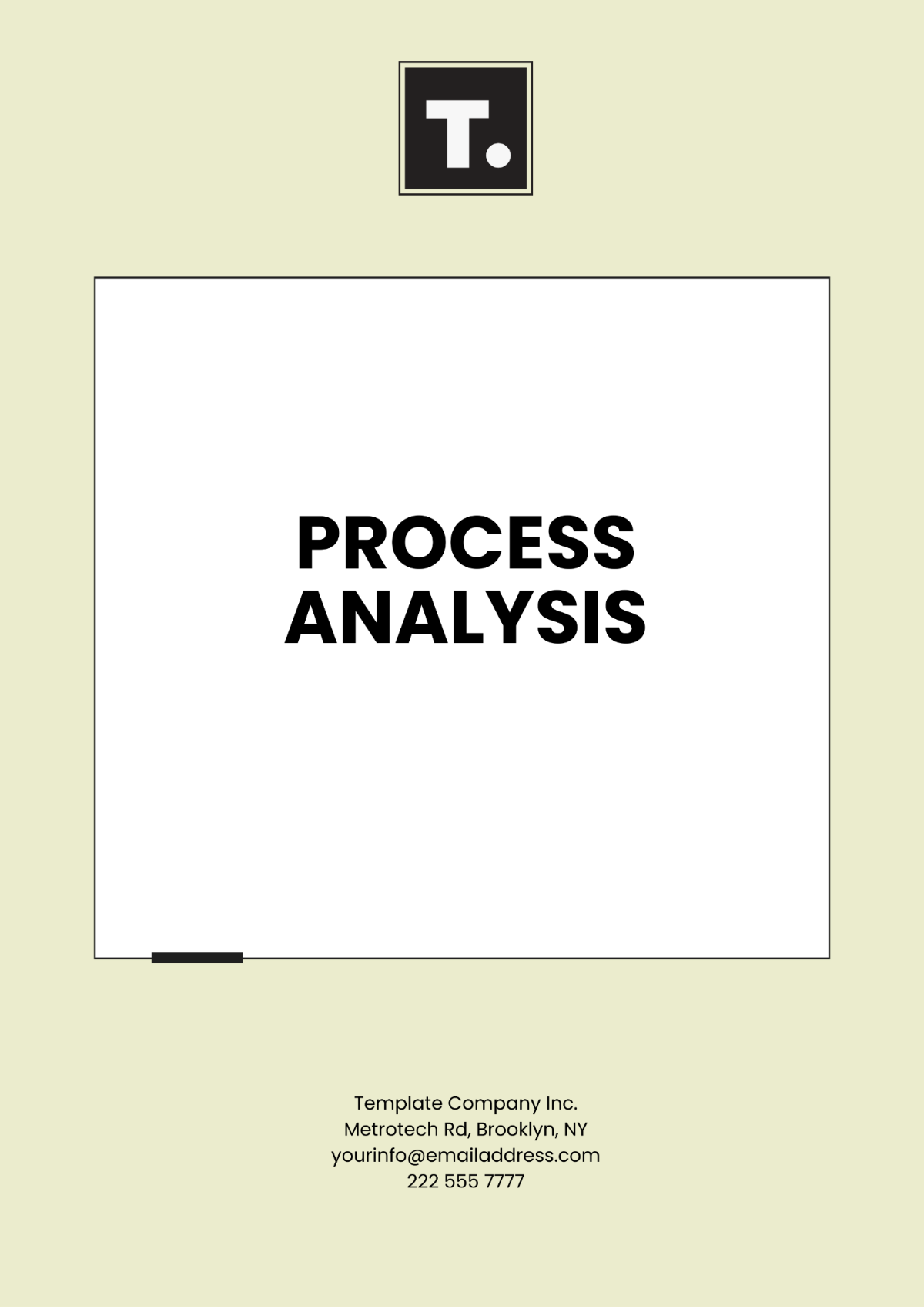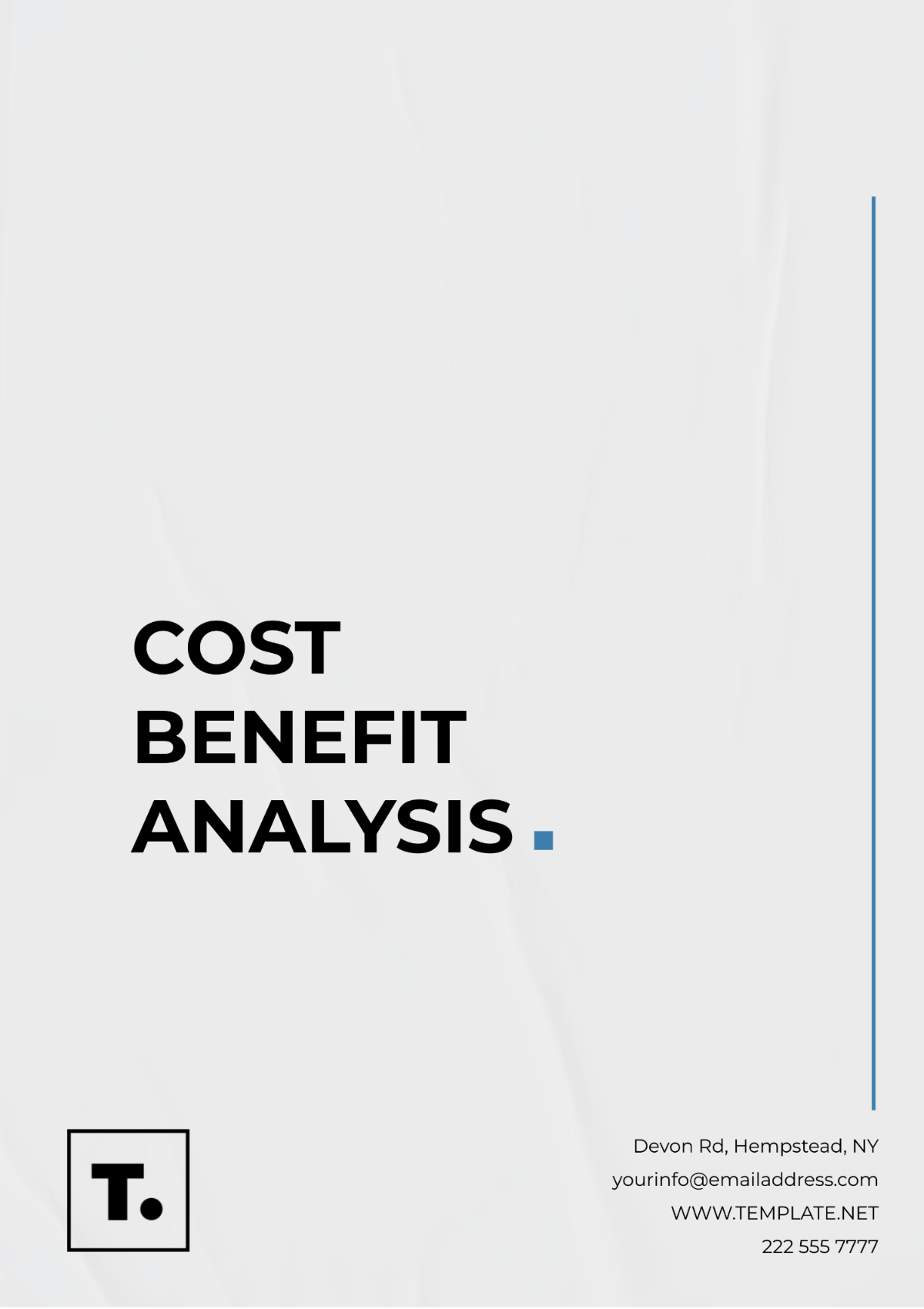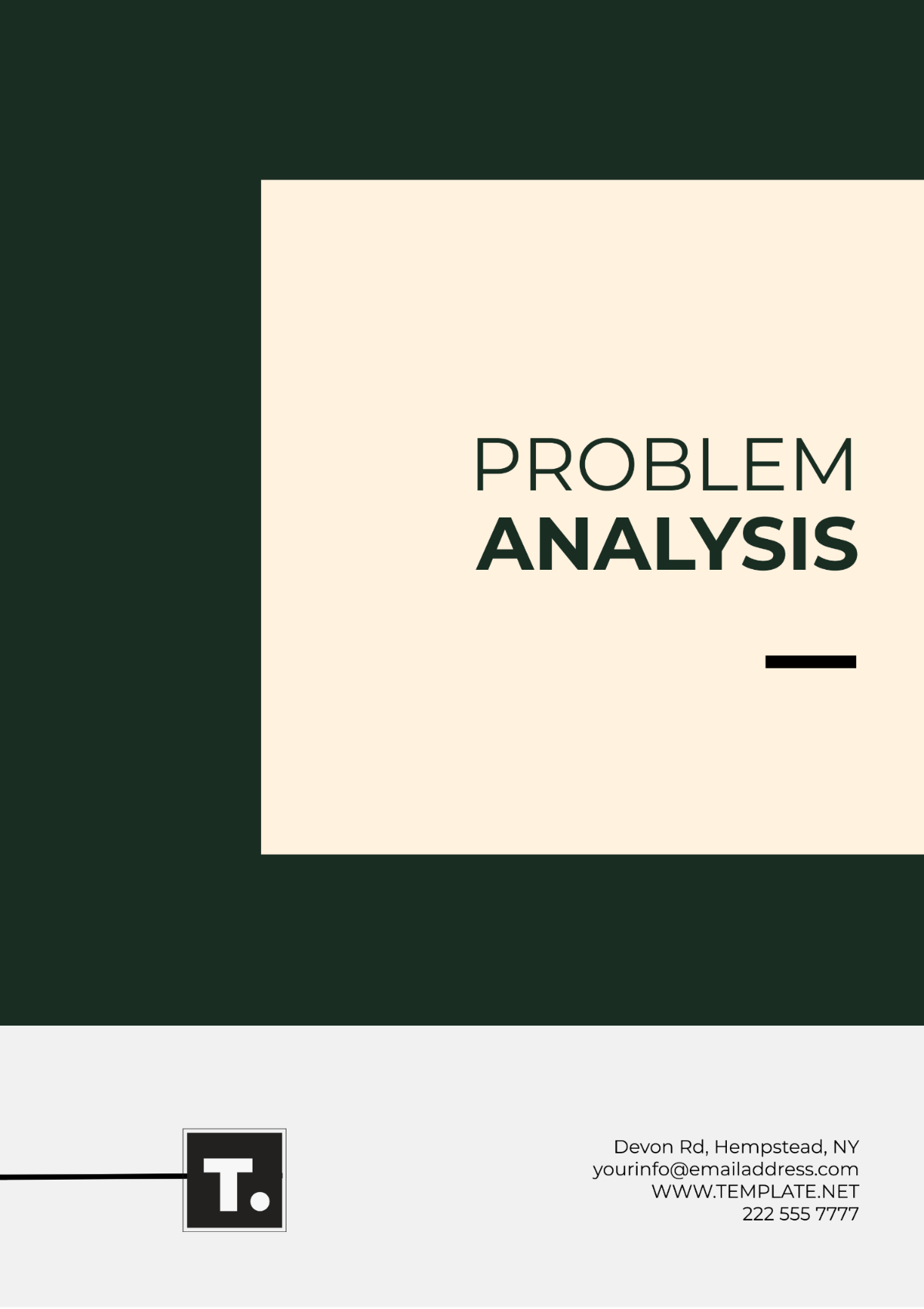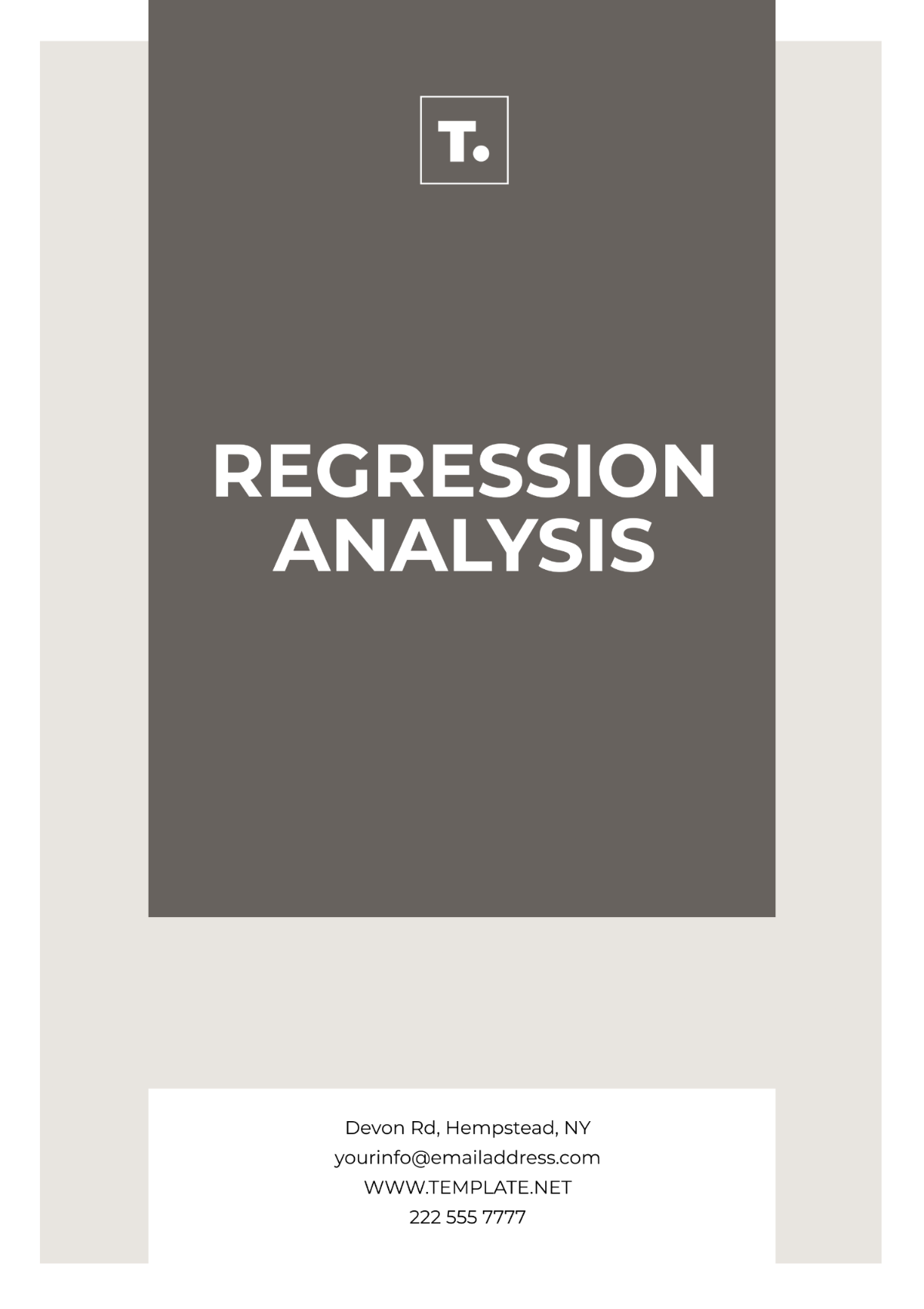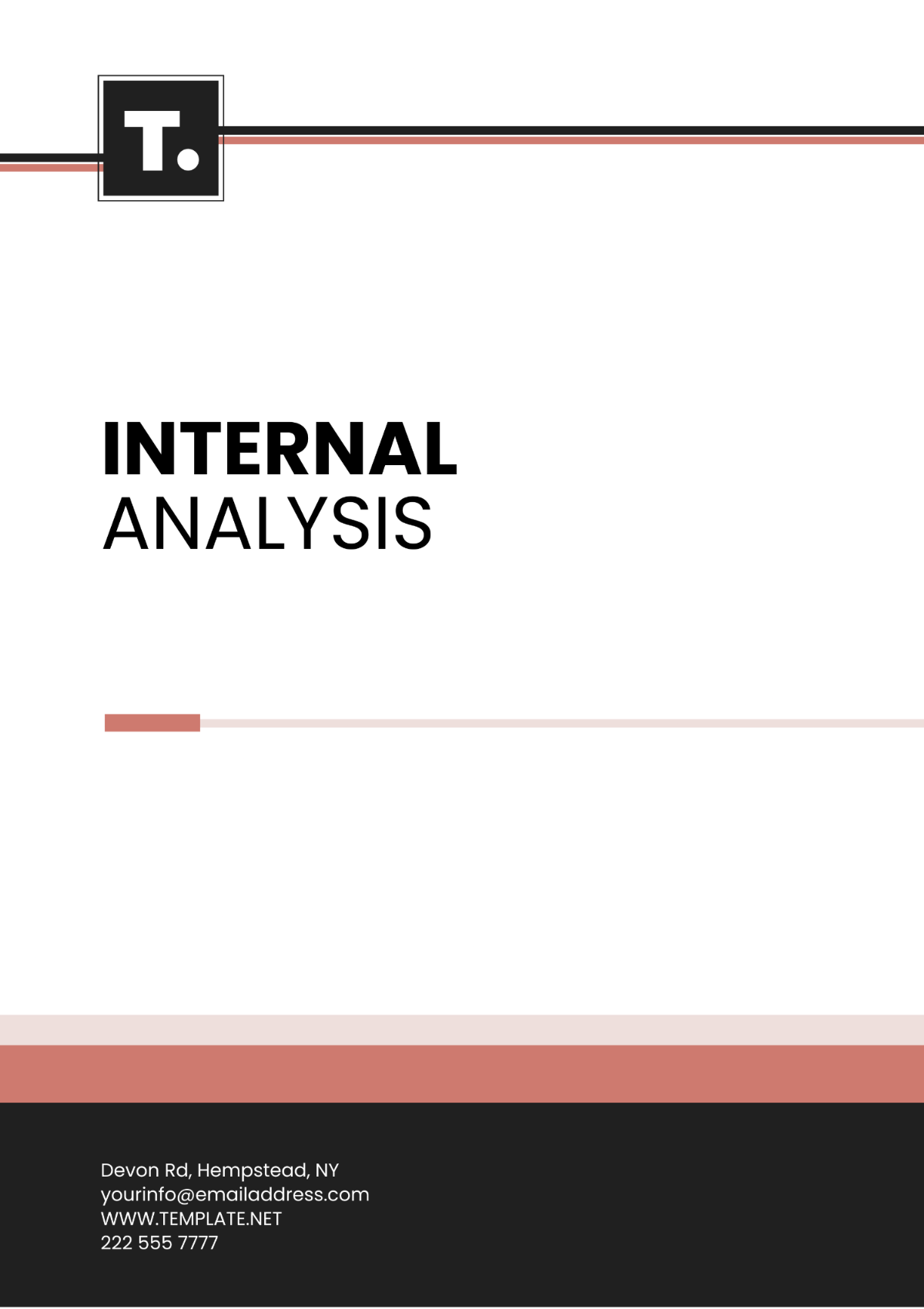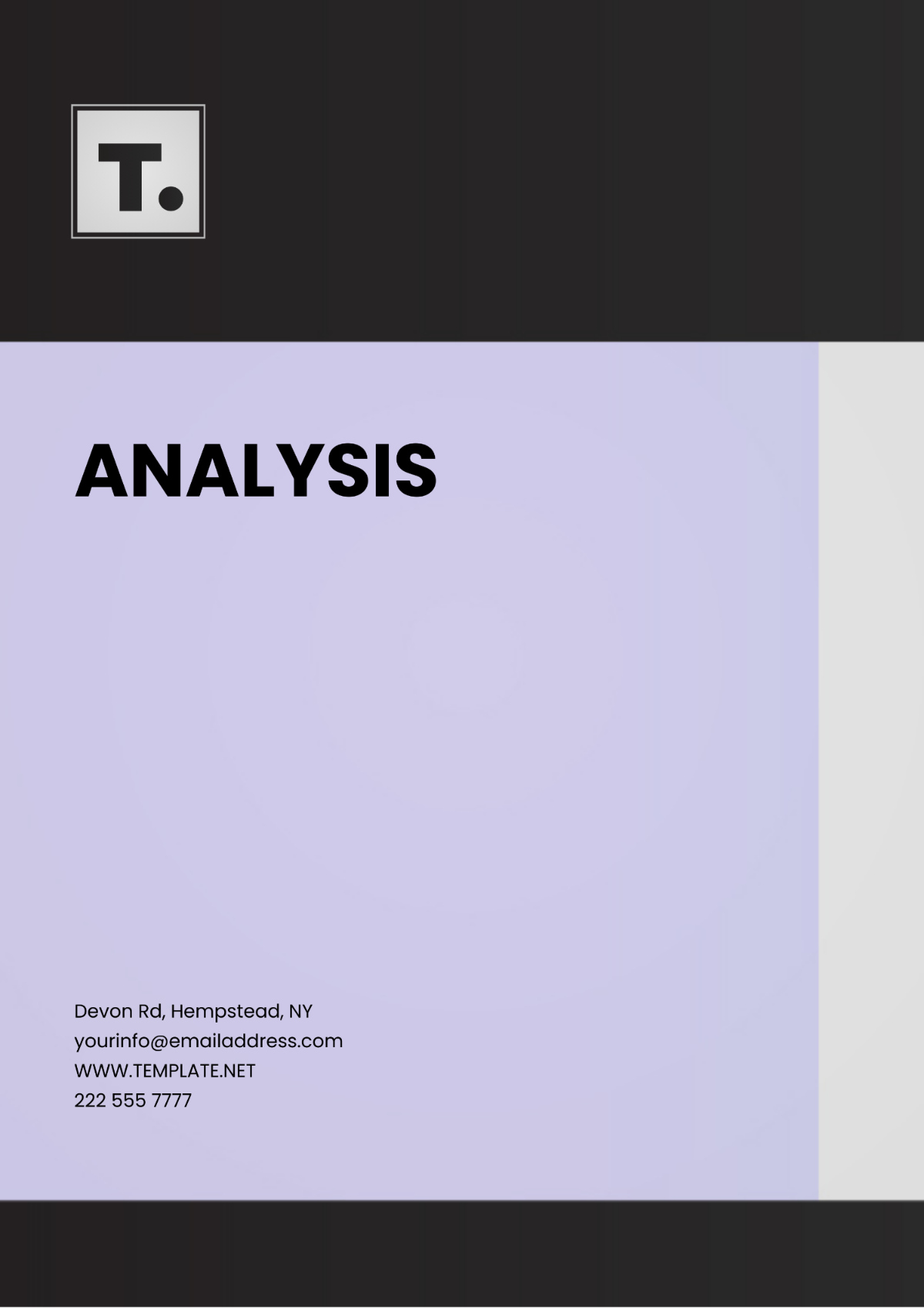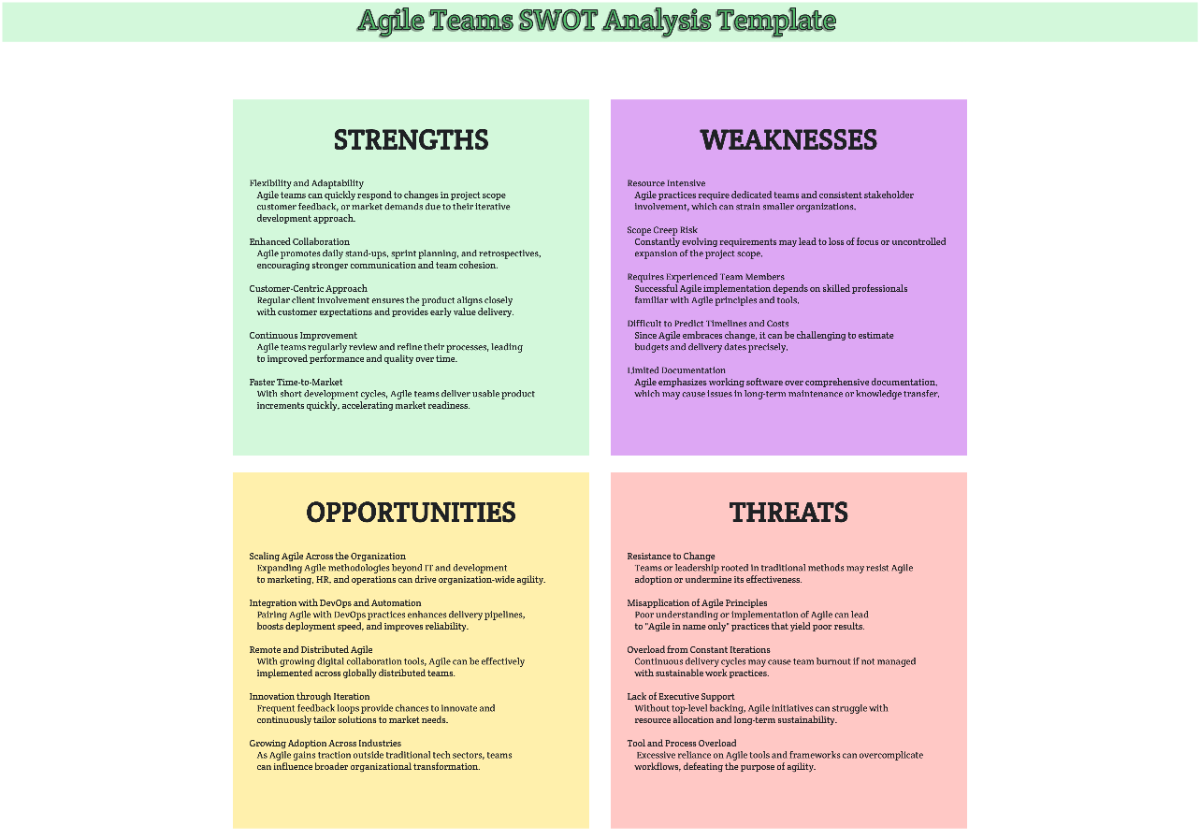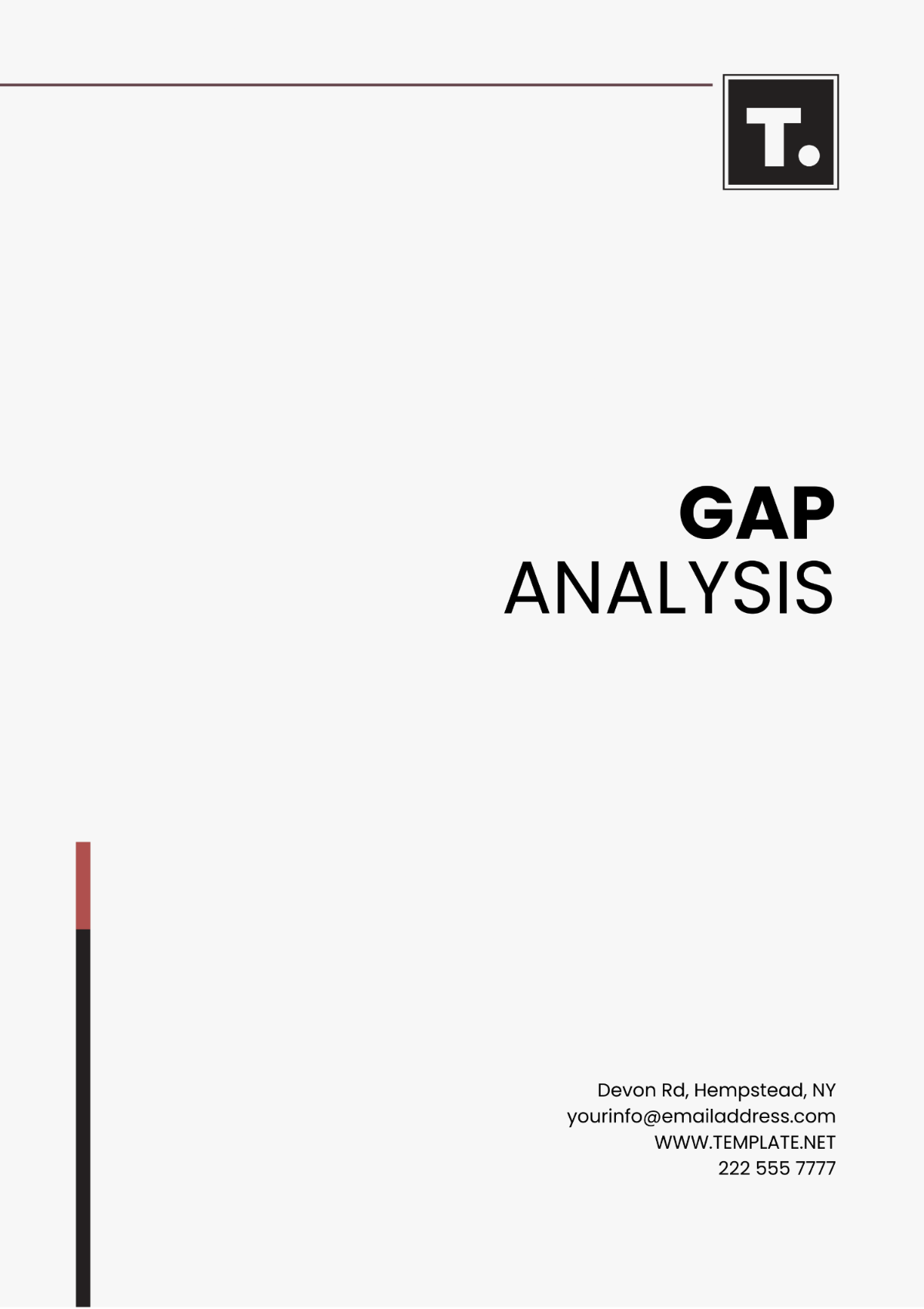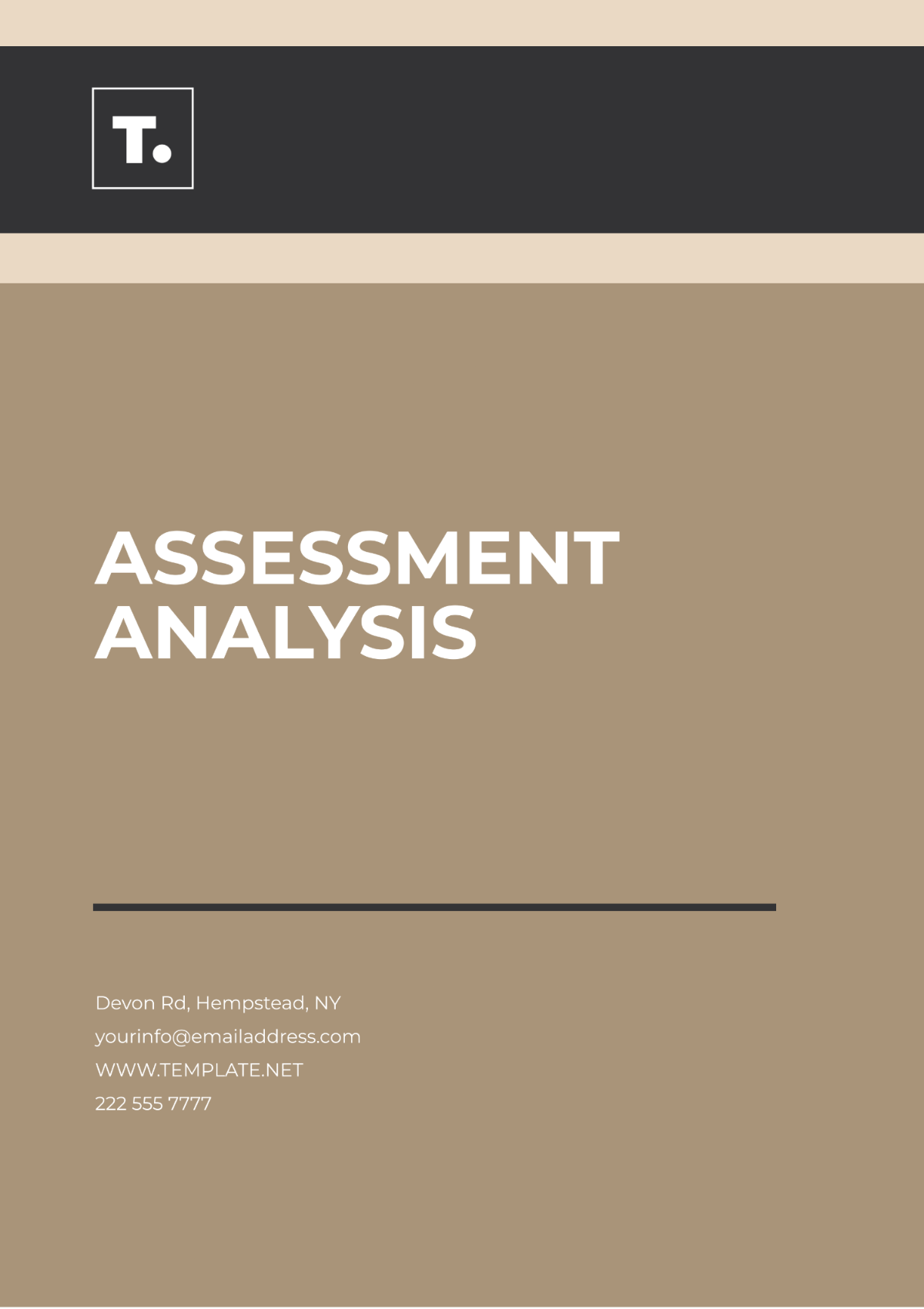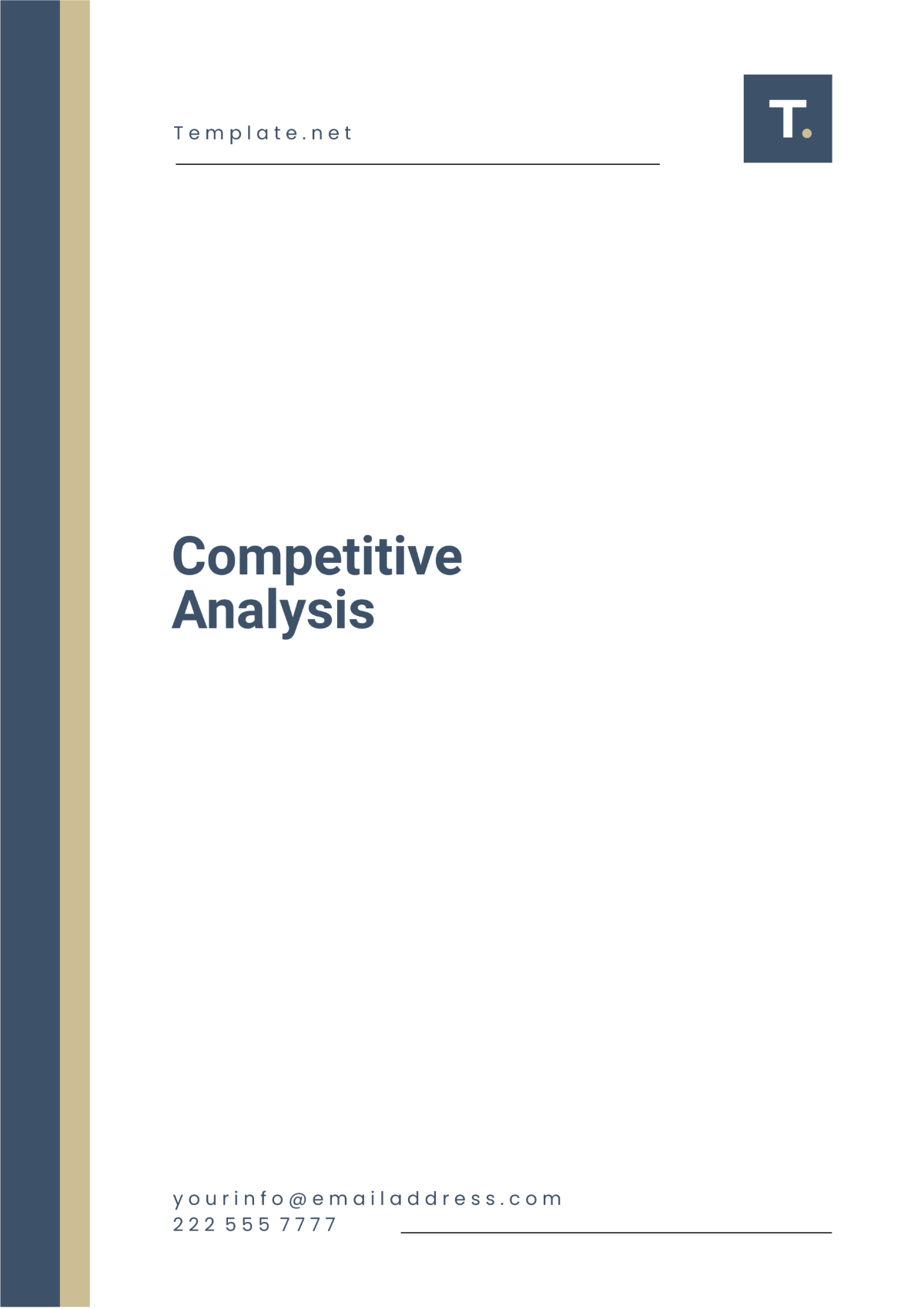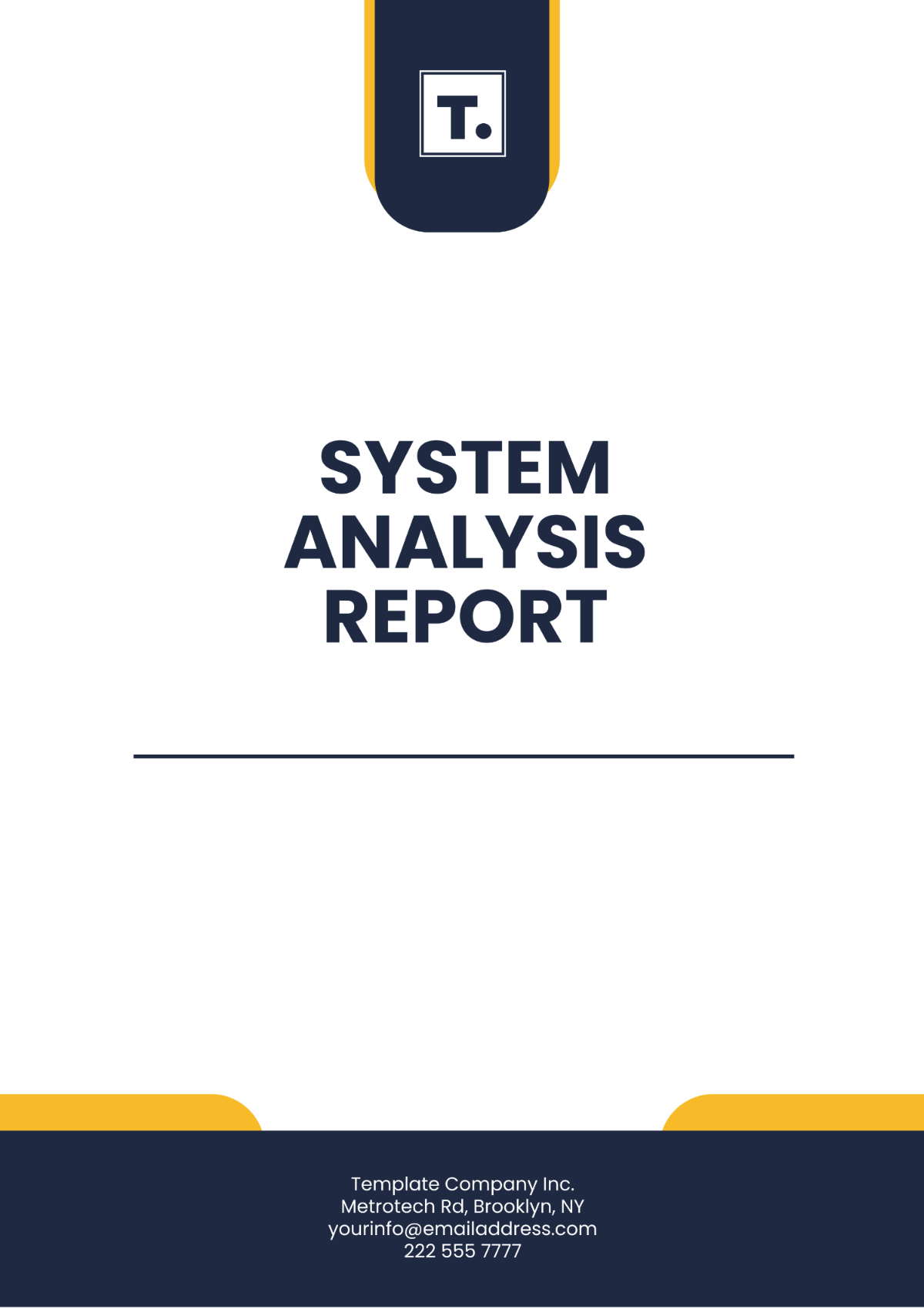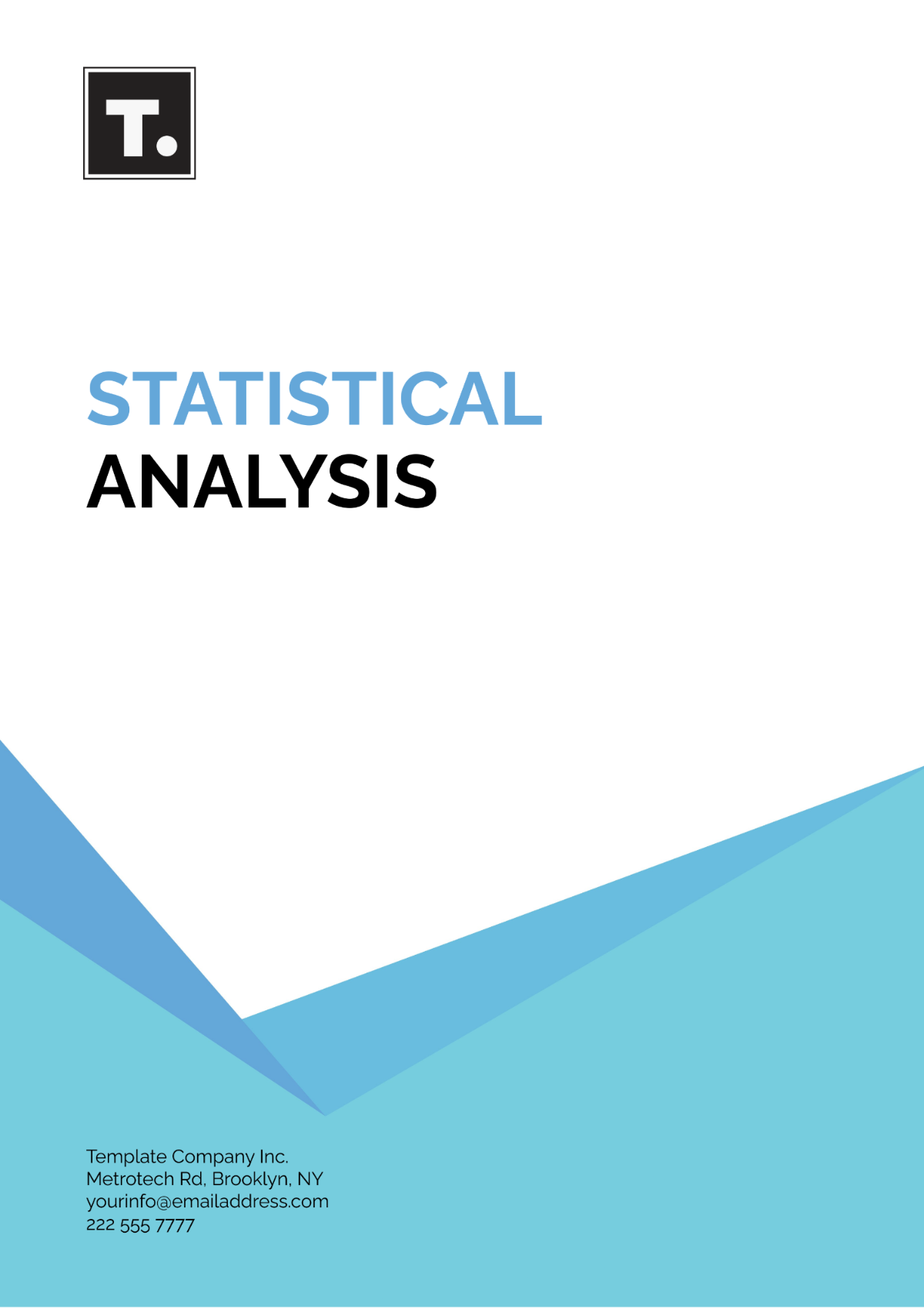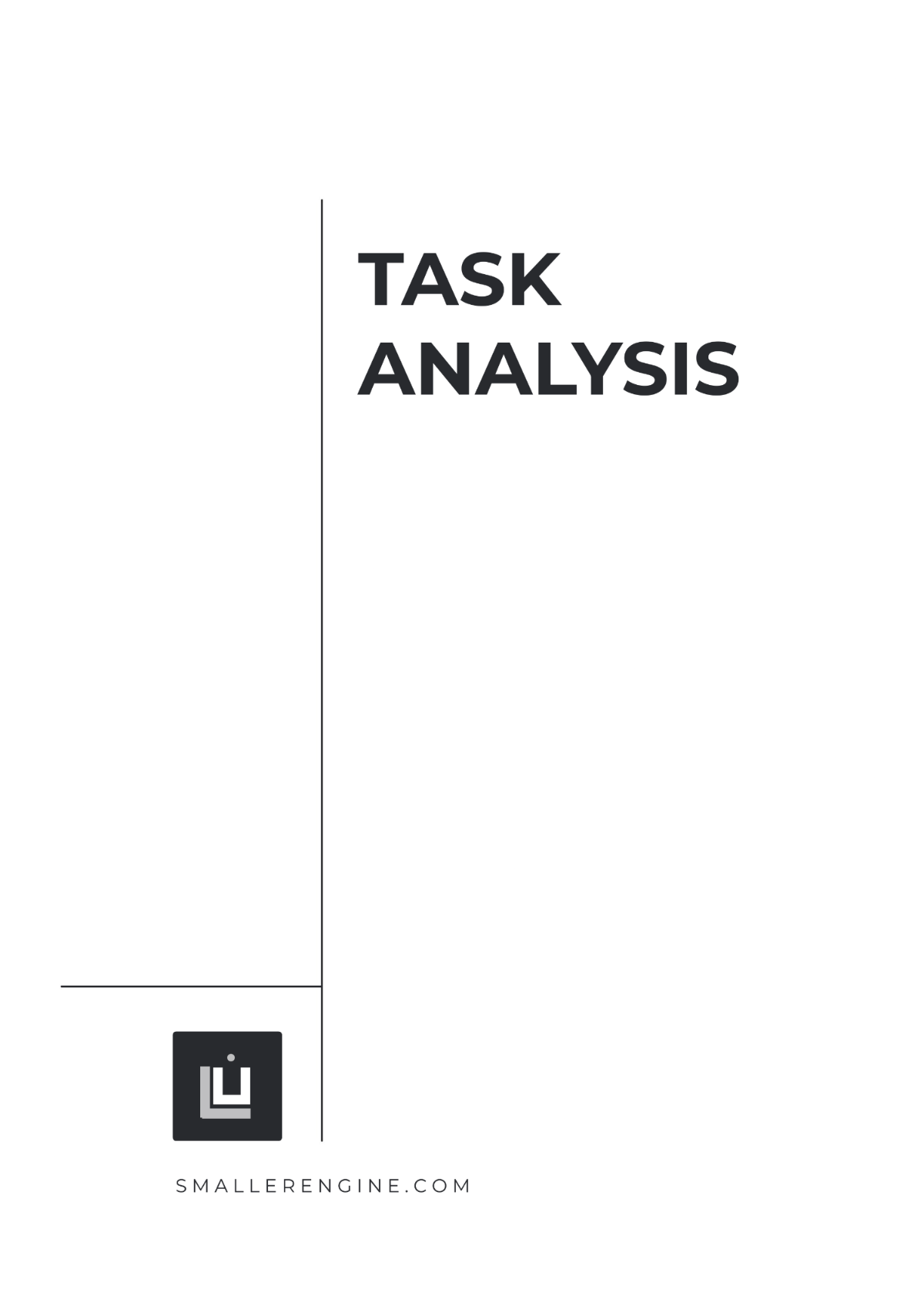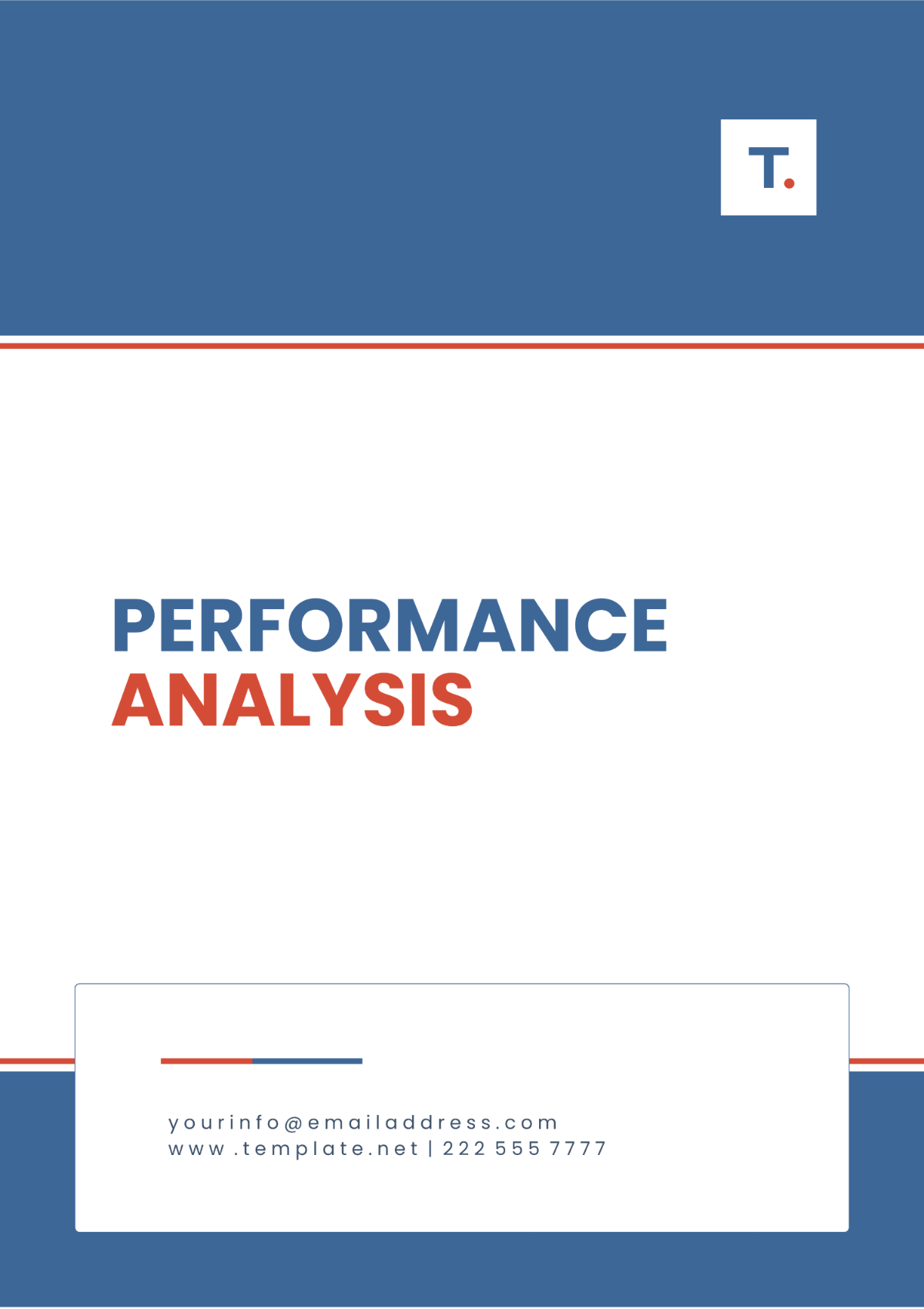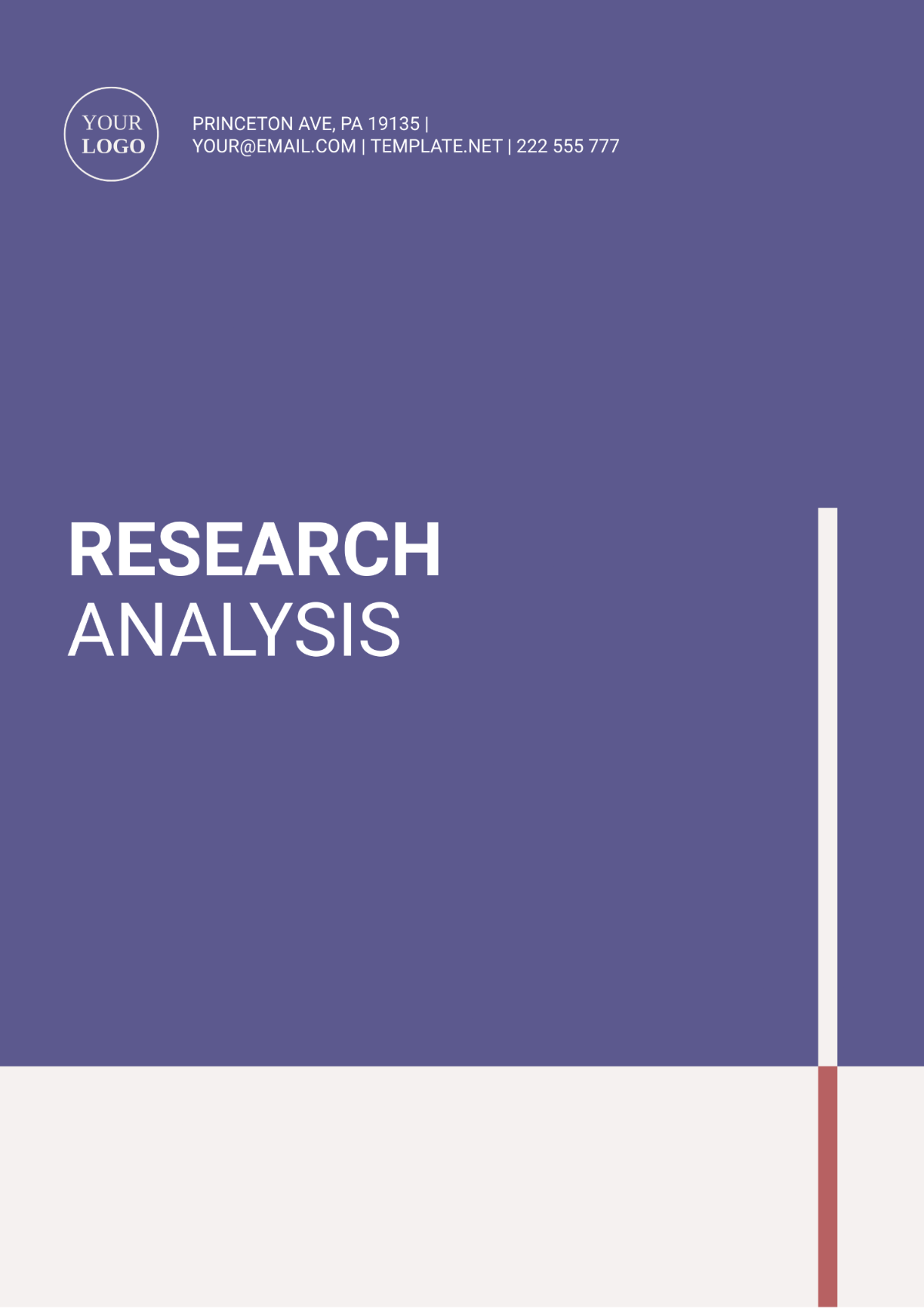Multivariate Analysis Chapter Outline
Prepared By: [Your Name]
I. Introduction to Multivariate Analysis
Definition and Scope: Multivariate Analysis involves analyzing multiple variables simultaneously to uncover complex relationships and patterns within data. It extends beyond simple bivariate analysis to explore interactions among several variables.
Importance and Applications: This analysis is crucial in diverse fields such as finance (for portfolio optimization), marketing (for customer segmentation), psychology (for understanding behaviors), and medicine (for disease classification).
Differences between Univariate, Bivariate, and Multivariate Analysis:
Univariate Analysis: Examines a single variable to summarize its distribution.
Bivariate Analysis: Studies the relationship between two variables.
Multivariate Analysis: Investigates interactions among three or more variables simultaneously.
II. Types of Multivariate Techniques
Dependence Techniques
Multiple Regression Analysis: Models the relationship between one dependent variable and multiple independent variables. For instance, predicting sales based on factors like advertising spend, product price, and market conditions.
Canonical Correlation Analysis: Analyzes the relationships between two sets of variables. Useful in studies linking cognitive abilities with academic performance.
Multivariate Analysis of Variance (MANOVA): Extends ANOVA to multiple dependent variables. Applied in clinical trials to assess the effect of treatments on various health outcomes simultaneously.
Interdependence Techniques:
Factor Analysis: Identifies underlying factors that explain the patterns in the data. Applied in consumer research to uncover latent constructs like brand loyalty.
Principal Component Analysis (PCA): Reduces the dimensionality of data by transforming variables into a set of linearly uncorrelated components. Used in image processing and pattern recognition.
Cluster Analysis: Groups data into clusters of similar items. Employed in market research for customer segmentation based on purchasing behavior.
Multidimensional Scaling (MDS): Visualizes similarities or dissimilarities among items in a lower-dimensional space. Useful in perceptual mapping to understand brand positioning.
III. Data Preparation and Exploration
Data Collection and Cleaning: Involves gathering data from various sources and ensuring it is accurate and complete by removing duplicates, correcting errors, and handling missing values.
Handling Missing Data: Strategies include mean imputation, regression imputation, and multiple imputation to deal with gaps in data.
Standardization and Normalization: Techniques to scale data, making it comparable across different units or distributions. Essential for accurate analysis in methods like PCA.
Exploratory Data Analysis (EDA):
Descriptive Statistics: Summarizes the main features of the data using measures such as mean, median, variance, and standard deviation.
Visualization Techniques: Tools like Scatter Plot Matrix for detecting relationships, Heatmaps for showing data density, and Pairwise Plots for visualizing correlations among variables.
IV. Assumptions and Diagnostics
Linearity: Assumes that relationships between variables are linear, which is crucial for regression models.
Homoscedasticity: It is assumed that the variance of errors remains constant across all levels of the independent variable.
Normality: Data should closely follow a normal distribution, as many statistical tests depend on this assumption to deliver accurate and meaningful outcomes.
Independence: Conduct observations independently to ensure unbiased and reliable results, as interdependence can distort the findings.
Checking for Multicollinearity: Use Variance Inflation Factor (VIF) to identify and mitigate issues arising from high correlations between predictor variables.
V. Multiple Regression Analysis
Objectives and Applications: Predicts a dependent variable based on several independent variables, such as forecasting housing prices based on features like location, size, and age.
Assumptions: Includes linearity, independence of errors, homoscedasticity, and normality of residuals.
Model Building and Selection: Involves techniques like stepwise selection, backward elimination, and forward selection to identify the best model.
Interpretation of Results: Evaluate coefficients, R-squared, Adjusted R-squared, p-values, and F-statistics to understand the model’s performance.
Diagnostic Checks: Residual plots, QQ plots, and leverage plots are used to validate model assumptions and identify potential issues.
VI. Principal Component and Factor Analysis
Objectives and Applications: Aim to reduce data dimensionality and identify underlying factors that explain the variance in the data.
Mathematical Foundations: Involves eigenvalues and eigenvectors to derive principal components or factors.
Steps and Interpretation:
PCA: Computes principal components, uses Scree Plots to determine the number of components, and interprets component loadings to understand their significance.
Factor Analysis: Extracts factors using methods like Maximum Likelihood or Principal Axis Factoring, and applies rotation techniques such as Varimax or Promax to enhance interpretability.
Interpretation: Focuses on understanding the variance explained by each component or factor and their contribution to the overall analysis.
VII. Cluster Analysis and Multidimensional Scaling (MDS)
Objectives and Applications: Used for grouping similar observations and visualizing their similarities or differences.
Hierarchical Clustering and K-means Clustering:
Hierarchical Clustering: Builds a dendrogram to illustrate the arrangement of clusters and helps in determining the optimal number of clusters.
K-means Clustering: Partitions data into k clusters by minimizing the variance within each cluster; uses the Elbow Method to select the optimal number of clusters.
Steps and Interpretation: Involves selecting distance measures, validating clusters, and interpreting cluster characteristics.
Multidimensional Scaling (MDS): Applies techniques to visualize similarity or dissimilarity among items, interpreting stress values and visual plots to understand data structure.
VIII. Canonical Correlation and Discriminant Analysis
Canonical Correlation Analysis
Objectives: Explores relationships between two sets of variables, such as linking multiple physiological measures to multiple behavioral outcomes.
Steps: Calculates canonical variates, and interprets canonical loadings and correlations to understand the strength of relationships.
Interpretation: Assesses how well the canonical variates capture the relationships between variable sets.
Discriminant Analysis
Objectives: Classifies observations into predefined groups based on predictor variables, like classifying loan applicants as low or high risk.
Steps: Estimate discriminant functions, apply classification rules, and evaluate model performance.
Interpretation: Involves understanding discriminant functions, group centroids, and classification accuracy.
IX. Software for Multivariate Analysis
Overview of Common Software Packages
R: Offers packages like
statsfor regression,psychfor factor analysis,MASSfor discriminant analysis, andclusterfor clustering.Python: Provides libraries such as
Scikit-learnfor machine learning tasks,Statsmodelsfor statistical modeling,Pandasfor data manipulation, andSeabornfor visualization.SPSS: Includes built-in procedures for running regression, factor analysis, and MANOVA.
SAS: Features PROC FACTOR for factor analysis, PROC CLUSTER for clustering, and PROC DISCRIM for discriminant analysis.
Demonstration of Analysis with Software:
R Example: Conduct PCA using
prcomp(), visualize results withggplot2.Python Example: Perform K-means clustering with
KMeansfromScikit-learn, visualize clusters withmatplotlib.SPSS/SAS Examples: Step-by-step instructions for running MANOVA or Factor Analysis.
X. Applications, Best Practices, and Case Studies
Real-world Applications:
Finance: Analyzing risk and return in investment portfolios.
Marketing: Segmenting customers based on purchasing behavior and preferences.
Medicine: Predicting patient outcomes based on clinical and demographic data.
Common Pitfalls and Best Practices:
Avoiding Overfitting: Use techniques like cross-validation and regularization to prevent models from fitting noise.
Validating Models: Employ methods such as split-sample validation, bootstrapping, and checking model assumptions.
Ethical Considerations: Address privacy concerns, avoid bias, and ensure transparency in data analysis.
Case Studies and Interpretation of Results:
Example 1: Market segmentation analysis for a retail company, identifying key customer segments.
Example 2: Predictive modeling for patient readmission rates in healthcare settings.
Example 3: PCA for reducing the dimensionality of survey data in social science research.
References
Books
"Multivariate Data Analysis" by Joseph F. Hair Jr., William C. Black, Barry J. Babin, and Rolph E. Anderson.
"An Introduction to Multivariate Statistical Analysis" by T.W. Anderson.
Journals and Articles
Journal of Multivariate Analysis.
Relevant research papers from databases such as JSTOR, and ScienceDirect.
Online Resources and Tutorials
Courses on Coursera and edX focused on Multivariate Analysis.
Documentation and tutorials for R and Python, including resources from official websites and educational platforms.





